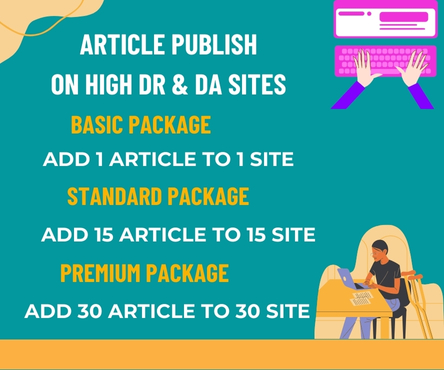Introduction
Leveraging the widespread use of WhatsApp and bot automations to create marketing that works for you is an enticing idea. However, as experts in WhatsApp Marketing, it’s essential to approach this strategy with careful consideration.
What Does Automation with Bots on WhatsApp Mean?
“Automation” and “bot” are broad terms. For simplicity, let’s define WhatsApp bot automation as a system that simulates human interaction within the chat. This encompasses a range of solutions, from simple welcome messages to advanced AI integrations.
Examples of WhatsApp Automations:
- Welcome/Absence Messages: Automatically send a standard pre-set response upon receiving any message.([SendPulse][1])
- Autoresponders: Trigger specific responses based on certain keywords or phrases received.
- Chat Buttons: Present one or more response buttons in the chat to streamline interaction.([Respond.io][2])
- Conversational Flows/Chatbots: Provide coherent responses based on pre-set buttons or keywords, guiding the contact towards the most suitable call to action.([superchat.com][3])
- AI Integrations in Chat: Understand questions and provide autonomous responses based on pre-fed information and dynamic learning.([arXiv][4])
Why Automating with Bots on WhatsApp Isn’t Always the Best Choice
While automation can enhance efficiency, over-automation may harm the customer relationship. Excessive automation can lead to frustration, especially when customers seek human interaction. Moreover, there’s always a margin for error technical malfunctions or setup mistakes can occur.
Tailoring WhatsApp Automation to Your Needs
There’s no one-size-fits-all solution for setting up automated messages and bots on WhatsApp. Key factors to consider include:
- Number of Active Clients: The scale of your customer base influences the complexity of automation needed.
- Digital Touchpoints: Identify where customers interact with your brand online.
- Automation Triggers: Determine the scenarios that necessitate automation.
- Technical Expertise: Assess the availability of digital technicians in your team or through outsourcing.
- Response Management: Plan who will handle the responses generated by automation.
- Integration with Other Tools: Consider how automation will connect with your website, social media, e-commerce platforms, etc.
- Budget and ROI: Evaluate the investment against the expected time savings and revenue increase.([Hubtype][5])
Implementing WhatsApp Automation with Sendapp
Sendapp offers a comprehensive solution for businesses looking to implement WhatsApp automation effectively. With features like API integrations, AI-powered chatbots, and customizable messaging flows, Sendapp enables you to:
- Automate Customer Interactions: Streamline responses to common inquiries, freeing up your team’s time.([zixflow.com][6])
- Enhance Customer Engagement: Use personalized messages and interactive buttons to keep customers engaged.([Infobip][7])
- Integrate Seamlessly: Connect Sendapp with your existing digital tools for a unified communication strategy.
To learn more about how Sendapp can transform your WhatsApp marketing strategy, visit https://sendapp.live.

